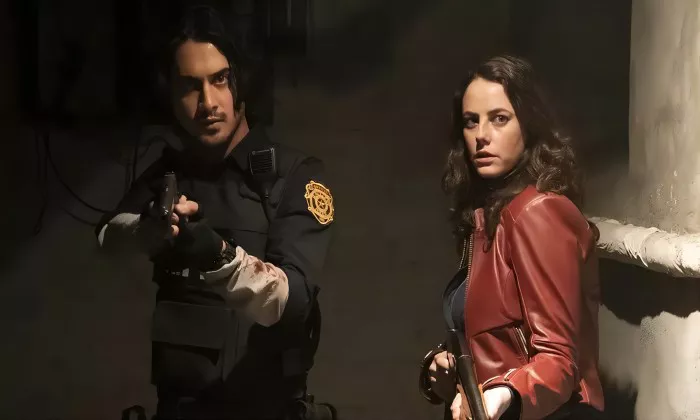“Resident Evil: Welcome to Raccoon City,” directed by Johannes Roberts, is the latest installment in the long-running film franchise based on the popular video game series. As with any movie, opinions on its quality can vary widely among viewers and critics. While some may find it enjoyable and faithful to the source material, others may have criticisms regarding its execution, storytelling, or adherence to established lore. In this comprehensive exploration, we’ll examine various aspects of “Resident Evil: Welcome to Raccoon City” to provide a nuanced perspective on its reception and whether it can be considered “bad.”
Plot and Storytelling:
One of the key elements that can influence viewers’ opinions of a film is its plot and storytelling. “Resident Evil: Welcome to Raccoon City” attempts to weave together elements from multiple games in the Resident Evil series, including “Resident Evil 1” and “Resident Evil 2.” The film follows the events in Raccoon City as a viral outbreak transforms its inhabitants into ravenous zombies, while a group of survivors, including characters from the games, struggles to escape the city.
Critics of the film may argue that the plot feels disjointed or lacks coherence, particularly for those unfamiliar with the source material. Additionally, some viewers may find fault with the pacing or structure of the narrative, feeling that certain scenes or plot points are rushed or underdeveloped.
Characterization and Acting:
Another aspect of a film that can impact its reception is the quality of its characters and performances. “Resident Evil: Welcome to Raccoon City” features an ensemble cast portraying iconic characters from the games, such as Claire Redfield, Leon S. Kennedy, and Albert Wesker. The success of the film’s characterization and acting hinges on the ability of the cast to bring these beloved characters to life and imbue them with depth and authenticity.
Critics of the film may argue that the characterization feels shallow or one-dimensional, with characters lacking the complexity or development seen in the games. Additionally, some viewers may find fault with the performances of the cast, feeling that certain actors fail to capture the essence of their respective characters or deliver convincing performances.
Visual Effects and Production Design:
The visual effects and production design of a film can significantly impact its overall quality and immersion. “Resident Evil: Welcome to Raccoon City” features a mix of practical effects and CGI to bring its zombie-infested world to life. The film attempts to recreate iconic locations from the games, such as the Spencer Mansion and the Raccoon City Police Department, while also introducing new elements and environments.
Critics of the film may argue that the visual effects feel dated or unconvincing, detracting from the immersion and realism of the world. Additionally, some viewers may find fault with the production design, feeling that certain sets or locations lack the attention to detail or atmosphere seen in the games.
Faithfulness to the Source Material:
One of the most contentious aspects of “Resident Evil: Welcome to Raccoon City” is its faithfulness to the source material. Fans of the Resident Evil games have high expectations for adaptations, hoping to see their favorite characters, locations, and storylines faithfully recreated on the big screen. However, translating a video game into a film presents unique challenges, and not all adaptations are able to satisfy the expectations of fans.
Critics of the film may argue that it deviates too much from the source material, taking liberties with established lore or characterizations in ways that feel jarring or disrespectful to fans. Additionally, some viewers may find fault with the film’s interpretation of certain elements from the games, feeling that they fail to capture the essence or spirit of the original material.
Conclusion:
In conclusion, whether “Resident Evil: Welcome to Raccoon City” is considered “bad” is subjective and depends on individual tastes and preferences. While some viewers may enjoy the film for its action, nostalgia, or faithful adaptation of the games, others may have criticisms regarding its plot, characterization, visual effects, or faithfulness to the source material.
Ultimately, the success of a film is determined by its ability to resonate with its audience and provide an engaging and entertaining experience. While “Resident Evil: Welcome to Raccoon City” may not satisfy everyone, it still has the potential to find an audience among fans of the franchise and those looking for a fun and nostalgic trip back to Raccoon City. As with any film, it’s essential to approach it with an open mind and judge it based on its own merits rather than preconceived expectations.
Related Topics:
Who is Charlie Figaro in Your Honor?
Finding Light in the Darkness: The Resilience and Empathy of ‘Hey Jude’
Boyce Avenue: Acoustic Covers to Original Hits

